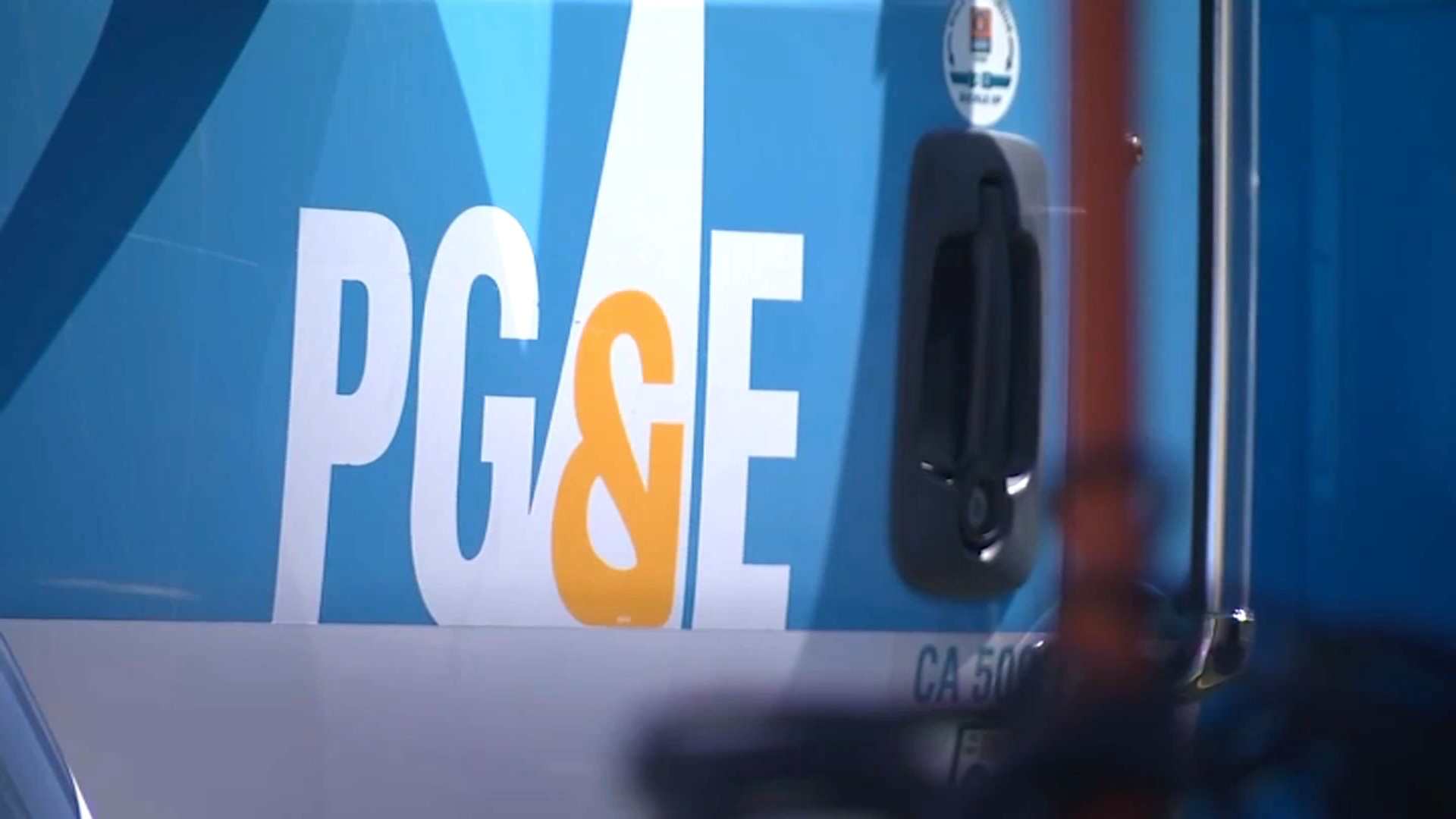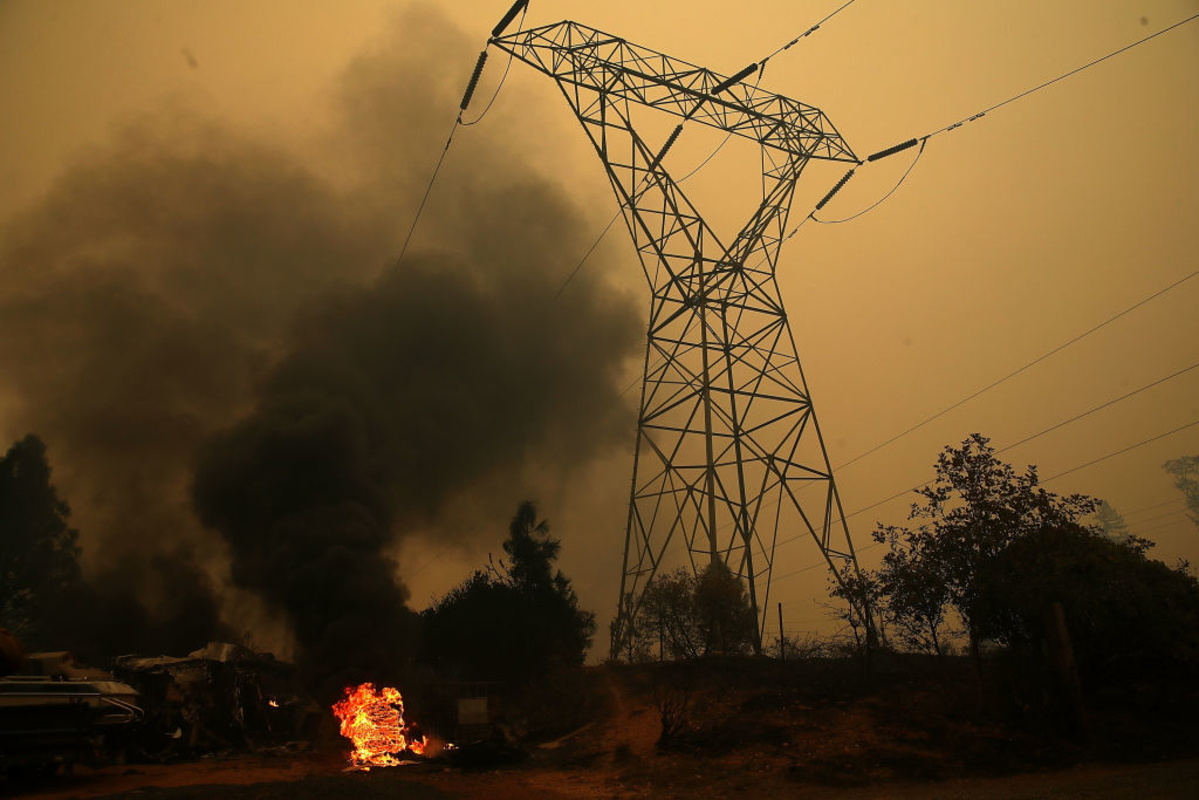PG&E suffered its worst reliability in decades, new data shows, as the company embraced new technology to shut off power immediately after incidents to prevent sparking wildfires.
Without counting major storm events – PG&E customers lost power an average of 256 minutes each, in 2022, according to data the utility recently submitted to the state Public Utilities Commission. That was worse than its mark of 218 minutes in 2021. The previous low mark for reliability was 211 minutes back in 2001.
Among the hardest hit areas the last two years has been the rustic Redwood Estates community in the Santa Cruz mountains south of Los Gatos.
“They’re upset. People are frustrated,’’ said Jeff Bates, general manager of the 375-home enclave. “You know, the romance goes away after a couple of hours of no power.”
Get a weekly recap of the latest San Francisco Bay Area housing news. Sign up for NBC Bay Area’s Housing Deconstructed newsletter.
Much of Redwood Estates gets power from the Los Gatos 1106 circuit – one of PG&E’s self-described “worst performing” parts of its system. Records show the Los Gatos 1106 circuit lost power for five minutes or more a total of 10 times both in 2022 and 2021.
When residents inevitably complain, Bates says he tries to use humor: “I tell them: ‘Hey, go to town, go to the movies. You're not going to have power for two or three days.’’’
One key factor in explaining the reliability numbers, the utility says, is its increased use of “Fast Trip” settings – designed to shut off power in a tenth of a second from the first sign of trouble.
The company credits that technology for cutting equipment-sparked fires 68% compared to the three year average when it was not in use. The technology clearly cuts the danger, but experts say it also forces customers to wait while crews locate what triggered the outage and safely restore service.
The first year the technology was employed in 2021, it sank the company’s reliability performance to near the bottom of the list nationally for for-profit utilities, according to federal government tracking data. The national reliability utility rankings for 2022 have yet to be released.
“This risk is not going to go away,” said Caroline Thomas Jacobs, head of the state’s Office of Energy Infrastructure Safety, the new agency charged with reviewing utility wildfire mitigation plans.
Thomas Jacobs says the reliability data shows that PG&E customers are suffering more than other utilities that have employed the same Fast Trip technology.
“It’s exposed reliability weaknesses in their system because it is having a big reliability impact on certain circuits,” Thomas Jacobs said in a recent interview.
She points to age as a major reason the company is lagging. An independent safety monitor overseeing PG&E found that much of its system is still using equipment two decades longer than industry average. More than half of its substations are running past their designated lifespan, the monitor’s recent report found. The company is separately facing a 170,000 case maintenance backlog in high fire threat areas.
Critics say PG&E customers should not have to suffer from the utility’s apparent neglect.
“You have a situation where community members are paying directly and indirectly to alleviate any of their liability for a system that hasn't been properly maintained,” said Neal Reardon, an official with Sonoma Clean Power, an alternative energy provider for the North Bay.
Reardon says Fast Trip is especially hard on disabled customers. “All of a sudden, they lose power, they can't evacuate because they can't drive themselves, they can't call for help or charge their medical equipment,” he said. “And they’re terrified.”
PG&E said in a statement that it’s focusing on limiting the size of Fast Trip outages and restoring power sooner.
“We know we have more work to do, both in reducing ignitions and improving reliability, and that work is happening each and every day at PG&E,” the company said.
In Redwood Estates, PG&E says it plans to install stronger wires and power poles along half the 1106 Los Gatos circuit by 2029. In the meantime, crews are installing fuse technology to help find and fix outages sooner.
Bates says he has seen signs of progress. The utility even provided him a backup battery for his CPAP device. But he still offers newcomers a little piece of advise about living in the mountains – “Make sure you have a generator and a chainsaw.”



